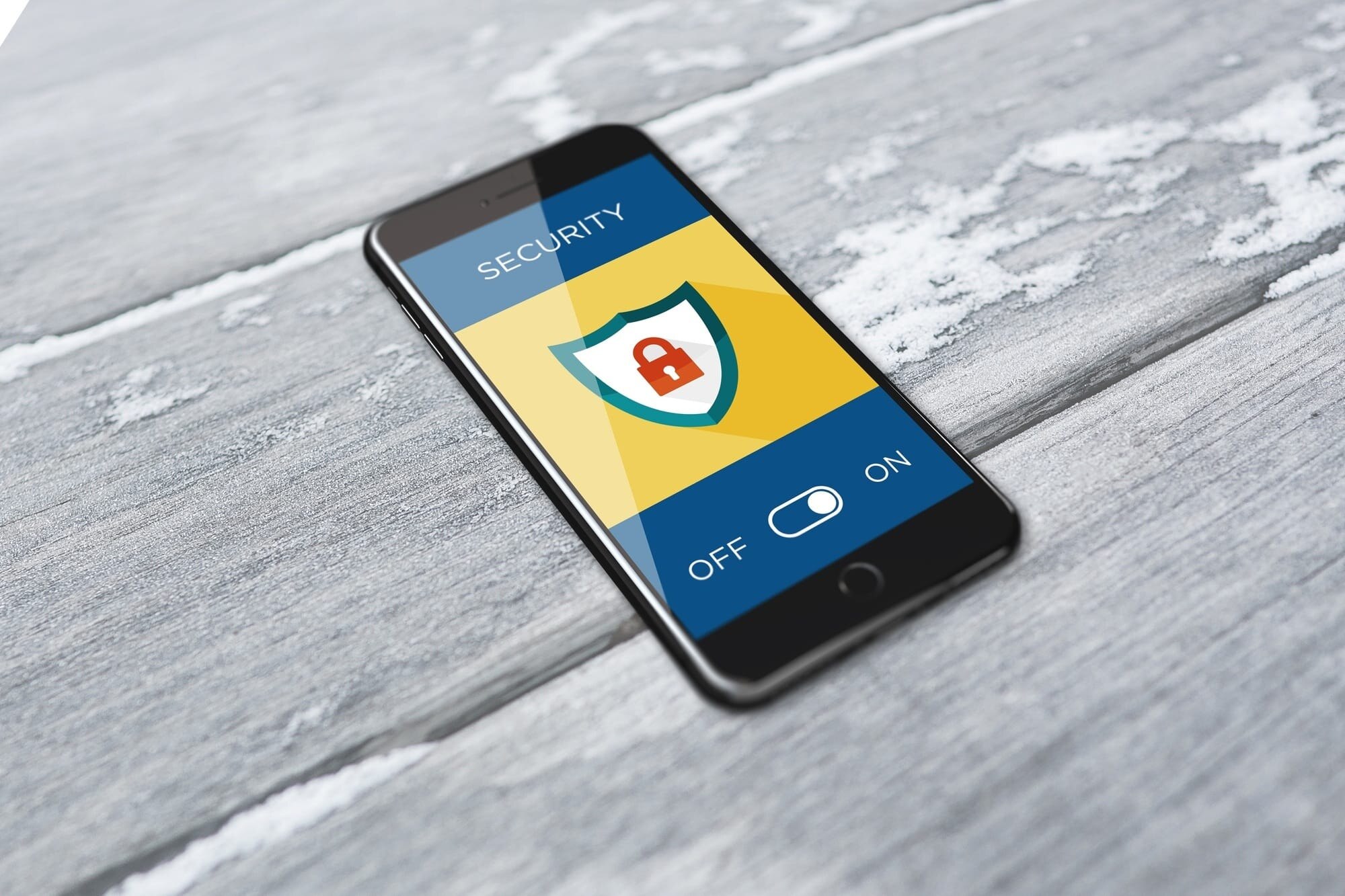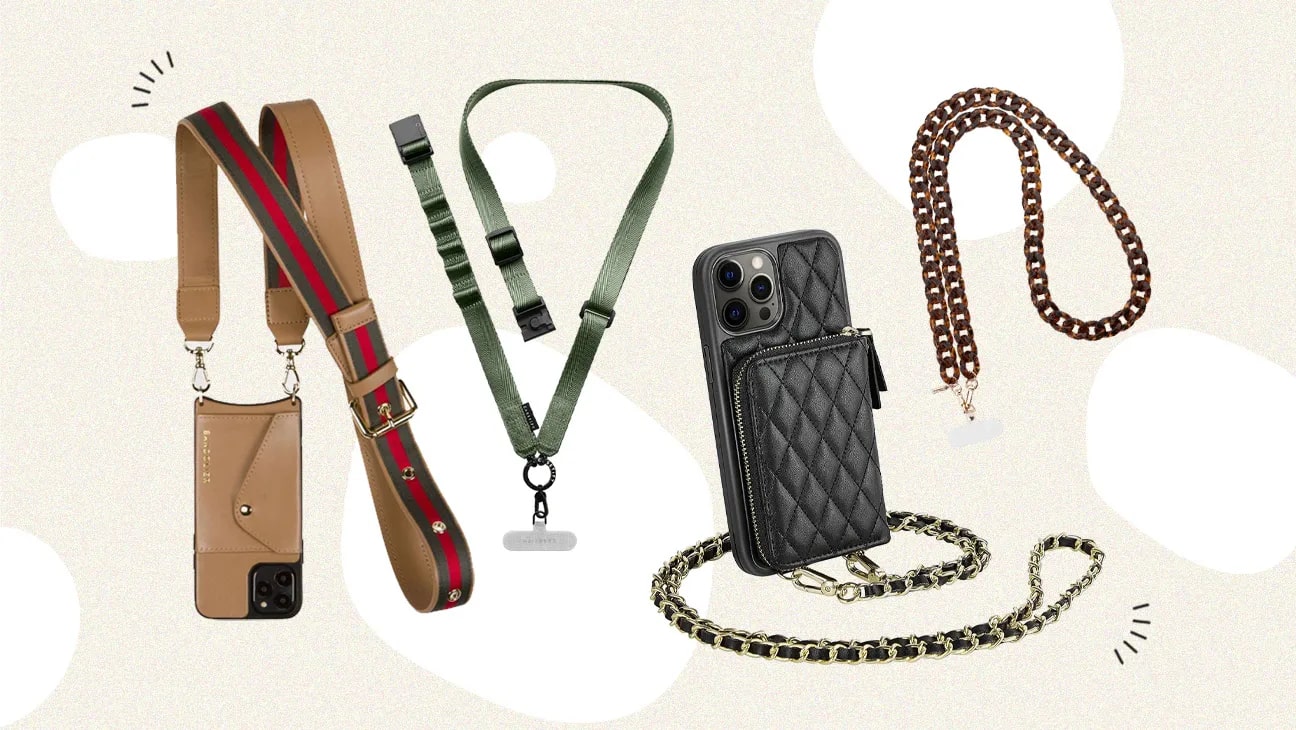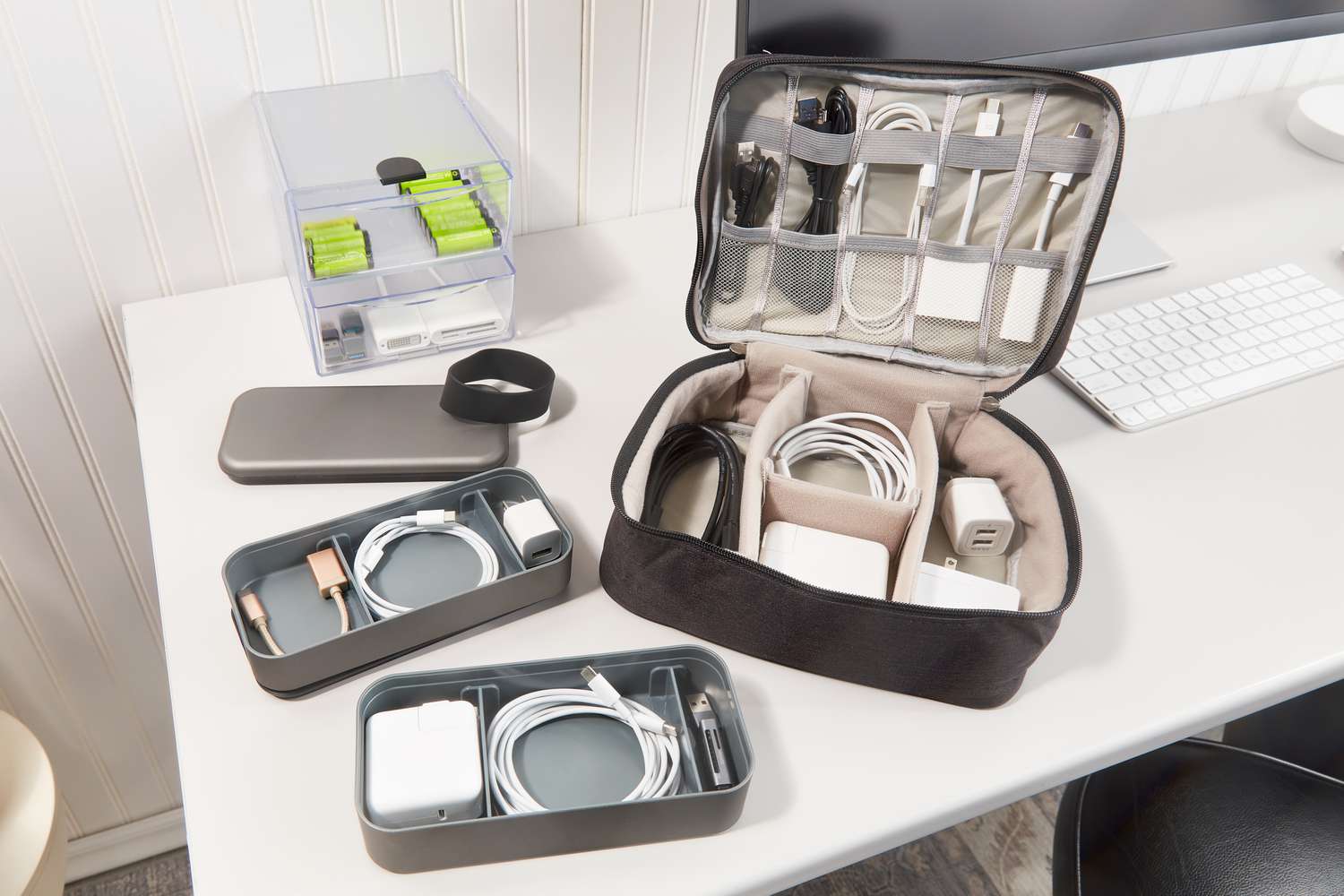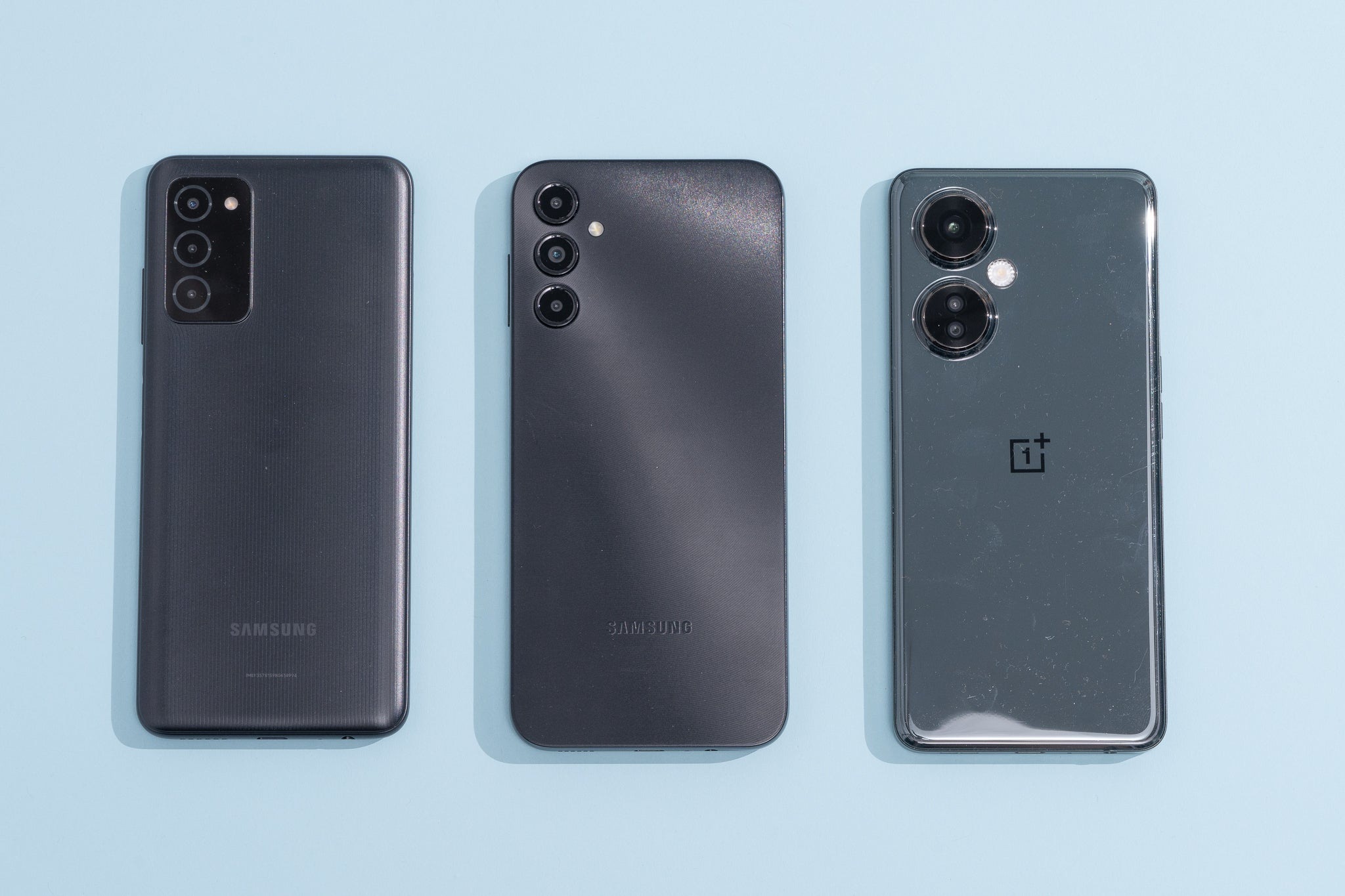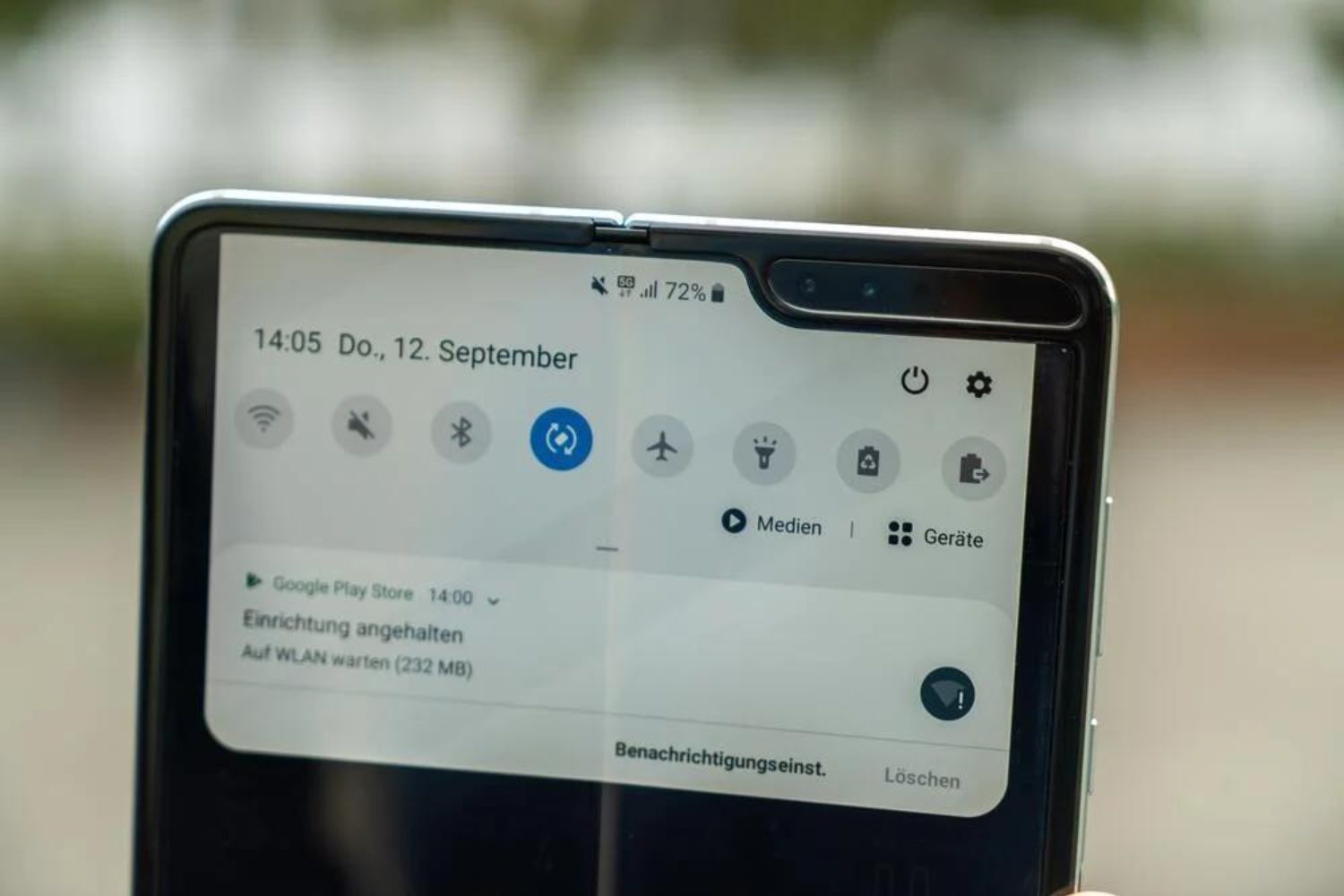Introduction
Smartphones have become an essential part of our lives, keeping us connected, entertained, and informed. With all the personal information stored on these devices, it is critical to prioritize their security. From sensitive emails to financial transactions, our smartphones contain a treasure trove of valuable data that can be compromised if proper security measures are not in place.
This article aims to provide you with essential tips and best practices to keep your smartphone secure. By following these guidelines, you can protect your data, maintain your privacy, and prevent unauthorized access to your device. Whether you use an Android or iOS device, these recommendations apply to both platforms.
Keeping your smartphone secure is not just about avoiding malware or viruses; it is about safeguarding your personal information and preventing unauthorized access to your device. These tips will help you protect your smartphone from various security threats, ensuring peace of mind while using your device.
Note: While this article focuses on general security practices, it is important to note that individual circumstances may vary. Make sure to adapt these recommendations to your specific needs and consult official documentation or security experts for additional guidance.
Enable Strong Security Features
One of the first steps to ensure smartphone security is to enable strong security features available on your device. These features provide an additional layer of protection against unauthorized access and help safeguard your sensitive data. Here are some important security features to consider:
- Screen Lock: Set up a strong and secure lock screen, such as a PIN, pattern, or biometric (fingerprint or face recognition) lock. This prevents anyone from easily accessing your device without your permission.
- Automated Lock: Enable the option to automatically lock your device after a certain period of inactivity. This ensures that even if you accidentally leave your phone unattended, it will be locked and require authentication to access.
- Lock Screen Notifications: Be mindful of the information displayed on your lock screen. Limit the amount of sensitive information shown in notifications to prevent unauthorized individuals from viewing your personal data.
- App Permission Management: Regularly review and manage app permissions on your device. Grant app permissions only when necessary and revoke permissions for apps that no longer require access to specific functionalities.
- Two-Factor Authentication (2FA): Enable 2FA for your accounts whenever possible. This adds an extra layer of security by requiring verification through a secondary method, such as a text message or authentication app, when logging in.
- Find My Device: Both Android and iOS devices offer the option to track and remotely locate your smartphone if it is lost or stolen. Make sure to enable this feature and familiarize yourself with the steps to use it effectively.
- Secure Startup: On Android devices, consider enabling the secure startup feature. This requires entering a PIN, pattern, or password each time you power on or restart your device, further preventing unauthorized access.
Enabling these strong security features on your smartphone helps create a robust defense against potential security threats. Take the time to explore your device’s settings and customize them to suit your security preferences.
Use a Strong Lock Screen
A strong lock screen is your first line of defense against unauthorized access to your smartphone. It is crucial to choose a secure lock screen method that is both convenient for you to use and difficult for others to guess or bypass. Here are some tips to create a strong lock screen:
- Passcode: Set up a strong and unique passcode consisting of a combination of numbers, letters, and special characters. Avoid using easily guessable codes like 1234 or your birthdate.
- Pattern: Use a complex pattern when setting up a lock screen. Avoid simple patterns like a single swipe or easily recognizable shapes.
- Biometric Authentication: Take advantage of the biometric authentication options available on your smartphone, such as fingerprint or face recognition. These methods provide convenience and are generally more secure than traditional passwords or patterns.
- Avoid Smart Unlock: Be cautious when using “smart unlock” features that automatically unlock your device based on certain conditions, such as trusted locations or connected devices. While convenient, these features can potentially compromise your device’s security.
- Change Passcodes Regularly: Periodically change your lock screen passcode or pattern to ensure maximum security. This practice can help protect against any potential compromise or unauthorized access.
- Disable Lock Screen Notifications: Prevent sensitive information from being displayed on your lock screen. This reduces the risk of someone gaining access to your personal data even without bypassing the lock screen.
Remember, the lock screen is your first line of defense, so it is essential to choose a strong and secure method that is comfortable for you to use. A strong lock screen adds an additional layer of protection to your smartphone, keeping your sensitive information safe from prying eyes.
Install a Trusted Security App
In addition to built-in security features, installing a trusted security app can provide an extra layer of protection for your smartphone. Security apps are designed to detect and prevent various types of threats, such as malware, viruses, and phishing attempts. Here’s why you should consider installing a trusted security app:
Malware Protection: A reputable security app will scan your device for malware and other malicious software. It can identify and remove any harmful apps or files that may compromise your smartphone’s security.
Safe Browsing: Many security apps come with a safe browsing feature that warns you about potentially malicious websites. This protects you from phishing scams or visiting dangerous websites that can compromise your personal information.
Anti-Theft Features: Some security apps offer anti-theft features that help you locate your lost or stolen device. These features allow you to track the device’s location, remotely lock or wipe the data, and even capture photos or sound recordings of the thief.
App Privacy: Trusted security apps can analyze the permissions of the apps installed on your device and alert you about potential privacy risks. This allows you to identify apps that may collect excessive data or have unnecessary permissions.
Wi-Fi Security: Security apps can also protect you when connecting to public Wi-Fi networks. They can detect insecure networks and provide a secure VPN connection to encrypt your internet traffic, ensuring that your sensitive information remains private.
Regular Updates: Security apps are regularly updated to stay ahead of emerging threats and vulnerabilities. Installing updates for your security app ensures that you have the latest protection against new types of attacks.
When choosing a security app, opt for well-known and reputable options available from trusted sources such as official app stores. Read user reviews and consider the features provided to find the app that best meets your security needs.
Remember, while security apps are beneficial, they should complement your existing security practices and not replace them. Pairing a trusted security app with strong device security features will help keep your smartphone secure and protected.
Keep Your Phone Updated
Regularly updating your smartphone’s operating system and apps is essential for maintaining a secure device. Software updates often include security patches, bug fixes, and new security features to address vulnerabilities and protect against potential threats. Here’s why it’s important to keep your phone updated:
Security Patches: Operating system updates, such as Android updates or iOS updates, frequently include security patches that address known vulnerabilities. These patches fix potential security loopholes and protect your device from being exploited by hackers or malicious software.
Bug Fixes: Updates also provide bug fixes for known issues that could impact the performance and stability of your device. Keeping your phone updated ensures that you have the latest bug fixes, providing a smoother and more secure user experience.
New Security Features: Manufacturers often introduce new security features through software updates to enhance device protection. These features can include improved data encryption, stronger authentication methods, and enhanced privacy settings.
App Compatibility: App developers regularly update their apps to be compatible with the latest operating system versions. By keeping your phone updated, you ensure that your apps remain compatible, reducing the risk of compatibility issues or security vulnerabilities.
Protection Against Known Threats: Cybercriminals are constantly finding new ways to exploit security weaknesses. By keeping your phone updated, you stay one step ahead of potential threats and ensure that your device has the latest defenses against known security issues.
Regularly check for system updates by navigating to the settings menu of your device. Enable automatic updates if available, so your phone can download and install updates without manual intervention.
Remember, maintaining an updated phone is a fundamental aspect of smartphone security. By staying up to date with the latest software updates, you can strengthen your device’s defenses and minimize the risk of security breaches.
Be Wary of Suspicious Apps
When it comes to smartphone security, being vigilant about the apps you download and install is crucial. Malicious or suspicious apps can compromise your device’s security, privacy, and performance. Here are some tips to help you stay safe and avoid downloading potentially harmful apps:
- Stick to Official App Stores: Download apps only from reputable and official app stores, such as Google Play Store for Android or the App Store for iOS. These platforms have strict security measures in place to minimize the chances of downloading malicious apps.
- Read User Reviews: Before installing an app, take the time to read user reviews and ratings. Pay attention to any negative feedback or warnings regarding the app’s security, privacy, or performance.
- Check App Permissions: Carefully review the permissions requested by the app before installation. Be cautious of apps that request excessive permissions or ask for access to sensitive information that seems unnecessary for the app’s functionality.
- Research the Developer: Look up information about the app developer or company. Check if they have a good reputation and a track record of releasing legitimate and safe apps.
- Avoid Sideloading Apps: Sideloading refers to installing apps from unofficial sources or through direct file downloads. This practice can expose your device to malware and other security risks. Stick to trusted app stores to ensure the safety of your device.
- Install Antivirus or Security Apps: Consider installing a reliable antivirus or security app that can scan and detect potential threats. These apps can help identify and remove malicious apps from your device.
- Update Apps Regularly: Keep your installed apps up to date by regularly checking for updates in the app store. App updates often include security patches and bug fixes that help protect against vulnerabilities.
- Trust Your Instincts: If an app looks suspicious or too good to be true, it’s best to avoid it. Trust your instincts and exercise caution when downloading apps that promise unrealistic features or benefits.
By being cautious and mindful of the apps you download, you can significantly reduce the risk of installing malicious or suspicious apps that may compromise your smartphone’s security and your personal data.
Avoid Public Wi-Fi Networks
While convenient, public Wi-Fi networks can pose significant security risks. These networks are often unsecured, making it easier for hackers to intercept your data. To protect your smartphone and personal information, it’s important to be cautious when connecting to public Wi-Fi networks. Here are some tips to keep in mind:
- Use Trusted Networks: Whenever possible, connect to trusted and secure Wi-Fi networks. These can include networks provided by reputable establishments like cafes, hotels, or airports that require a password or have encryption enabled.
- Avoid Unsecured Networks: Public Wi-Fi networks that do not require a password or do not have a padlock icon indicating encryption should be avoided. These networks are vulnerable to hacking and expose your data to potential eavesdropping.
- Use Your Mobile Data: If you can’t find a secure Wi-Fi network, consider using your mobile data instead. Although it may use up your data plan, it’s a safer option than connecting to an unsecured network.
- Enable VPN: Use a Virtual Private Network (VPN) when connecting to public Wi-Fi. A VPN creates a secure and encrypted connection between your device and the internet, preventing others from intercepting your online activities.
- Disable Auto-Connect: Turn off the auto-connect feature on your device to prevent it from automatically connecting to any available Wi-Fi network. This gives you more control over which networks you connect to and helps avoid connecting to potentially risky networks.
- Be Cautious of Personal Information: Avoid entering or accessing sensitive information, such as banking credentials or personal details, when connected to public Wi-Fi. Hackers can easily capture this information on unsecured networks.
- Use HTTPS and Secure Apps: When browsing the internet or using apps on public Wi-Fi, prioritize websites and apps that utilize HTTPS. This protocol encrypts your data transmission, making it difficult for hackers to intercept or manipulate your information.
- Log Out of Accounts: After using online services on public Wi-Fi, make sure to log out of your accounts. This mitigates the risk of unauthorized access to your accounts, even if someone attempts to access them after you disconnect from the network.
By being cautious when connecting to public Wi-Fi networks and implementing these security measures, you can greatly reduce the risk of your data being compromised and ensure a safer online experience.
Use Secure Passwords and Two-Factor Authentication
One of the most effective ways to protect your smartphone is to use secure passwords and enable two-factor authentication (2FA) for your accounts. These measures add an extra layer of security to prevent unauthorized access to your device and online accounts. Here’s what you need to know:
- Create Strong Passwords: Use unique, complex, and lengthy passwords for your smartphone lock screen, as well as your online accounts. Include a combination of upper and lowercase letters, numbers, and special characters. Avoid using common or easily guessable passwords like “123456” or “password.”
- Use a Password Manager: Consider using a password manager app or service to securely store and generate complex passwords for all your accounts. This allows you to have strong and unique passwords without the need to remember them all.
- Enable Two-Factor Authentication (2FA): Activate 2FA whenever it’s available for your online accounts. 2FA adds an extra layer of security by requiring you to provide a second verification factor, such as a text message code or a fingerprint, in addition to your password.
- Biometric Authentication: Take advantage of biometric authentication methods like fingerprint or facial recognition available on your device. These features provide an additional layer of security and make it more difficult for unauthorized users to access your smartphone.
- Avoid Password Reuse: Avoid using the same password for multiple accounts. A single compromised account can lead to a domino effect of security breaches. Instead, use unique passwords for each of your accounts.
- Regularly Update Passwords: Regularly change your passwords, especially for critical accounts like email, online banking, and social media. Changing your passwords periodically reduces the risk of potential unauthorized access.
- Be Wary of Phishing Attempts: Stay vigilant against phishing attempts that aim to trick you into revealing your login credentials. Avoid clicking on suspicious links or providing personal information unless you are confident about the authenticity of the source.
- Secure Account Recovery: Ensure that your account recovery methods, such as backup email addresses or phone numbers, are secure and up to date. This prevents others from gaining unauthorized access to your accounts and changing your passwords.
By using strong and unique passwords, enabling 2FA, and practicing caution when handling authentication, you significantly enhance the security of your smartphone and protect your sensitive information from unauthorized access.
Enable Remote Tracking and Wiping
In the event that your smartphone gets lost or stolen, enabling remote tracking and wiping features can help protect your personal data and increase the chances of recovering your device. Here’s why it’s important to activate these functionalities:
- Location Tracking: Enabling remote tracking allows you to locate your device in case it goes missing. Many smartphones offer built-in tracking features that allow you to view the device’s location on a map. This information can be shared with law enforcement to aid in recovery.
- Remote Locking: If you suspect that your device has been stolen, you can remotely lock it to prevent unauthorized access. This feature ensures that your data remains secure and inaccessible until you recover or wipe the device.
- Data Wiping: In extreme cases where recovery is unlikely or not possible, the ability to remotely wipe your device becomes crucial. This erases all the data on your phone, protecting your personal information from falling into the wrong hands.
- Activation Lock: Both Android and iOS devices have activation lock features that prevent unauthorized users from using or resetting your device without your credentials. Make sure to enable this feature to add an extra layer of security.
- Third-Party Tracking Apps: There are also third-party tracking apps available that offer more advanced tracking and remote control features. These apps often provide additional capabilities like capturing photos or recording audio remotely to aid in recovering your device.
- Keep Tracking Software Updated: Ensure that the tracking software on your device is up to date to benefit from the latest features and improvements. Regularly check for updates and install them promptly to maximize the effectiveness of the tracking and remote control functionalities.
Before enabling these features, familiarize yourself with the procedures and steps necessary to track, lock, or wipe your specific device. Take note of any required account logins or additional security measures that need to be in place for these features to function properly.
Remember, tracking and remote control features can greatly increase the chances of recovering your device and protecting your personal information. By activating these functionalities and keeping them up to date, you can have peace of mind knowing that your smartphone is better prepared in case of loss or theft.
Encrypt Your Data
Encrypting the data on your smartphone is an important step in safeguarding your sensitive information from unauthorized access. Encryption converts your data into an unreadable format, making it difficult for hackers or unauthorized individuals to decipher. Here’s why it’s essential to encrypt your data:
- Data Protection: Encryption ensures that your personal data, including emails, text messages, photos, and app data, is protected even if your device falls into the wrong hands. It adds an extra layer of security, making it significantly more challenging for hackers or thieves to access your sensitive information.
- Prevents Data Theft: If your device gets lost or stolen, encrypted data is essentially useless to anyone who does not possess the encryption key. This prevents thieves from accessing and misusing your personal data, minimizing the risk of identity theft and financial fraud.
- Secure Communication: Encrypting your data enhances the security of your communication channels. Encrypted Internet connections, such as HTTPS or SSL/TLS, help protect your online activities, ensuring that your data remains confidential and cannot be intercepted by eavesdroppers.
- Protects Passwords and Credentials: Encryption protects your passwords, login credentials, and other sensitive information stored on your device. This is especially important if you use your smartphone for sensitive transactions or have apps that store login information.
- Built-in Encryption Features: Both Android and iOS devices offer built-in encryption features. On Android, encryption can be enabled in the security settings, while iOS devices automatically encrypt data when a passcode or biometric authentication is set up.
- Third-Party Encryption Apps: If you require additional encryption options, consider third-party encryption apps that provide more advanced security features. These apps offer end-to-end encryption for specific apps or secure file storage, enhancing the privacy and security of your data.
Remember, encrypting your data is an effective way to protect your personal information from unauthorized access. Whether through built-in encryption features or third-party apps, take advantage of encryption options available on your device to ensure the security and privacy of your data.
Be Cautious of Phishing Attempts
Phishing attempts are common methods used by cybercriminals to deceive individuals into revealing sensitive information, such as login credentials or financial details. It’s crucial to be cautious and vigilant to protect yourself from falling victim to phishing attacks. Here are some tips to help you stay safe:
- Be Skeptical of Unsolicited Communications: Be cautious of emails, messages, or phone calls from unknown sources requesting personal or financial information. Legitimate organizations typically do not ask for sensitive information via email or phone.
- Verify the Source: Before providing any information, verify the authenticity of the sender. Check the email address, domain name, or phone number to ensure they match the official contact information of the legitimate organization or individual.
- Do Not Click on Suspicious Links: Be wary of clicking on links in unsolicited emails, messages, or social media posts. They may direct you to fake websites designed to steal your information. Instead, manually enter the website’s URL or use reputable search engines to find the official website.
- Check for Secure Websites: When entering sensitive information online, ensure that the website is secure. Look for “https://” at the beginning of the URL and a lock icon in the address bar. This indicates a secure connection and encryption of data transmission.
- Keep Software Updated: Keep your smartphone’s operating system, apps, and web browsers up to date. Software updates often include security patches that address known vulnerabilities and protect against the latest phishing techniques.
- Educate Yourself: Stay informed about current phishing techniques and common red flags. Be aware of the tactics used by cybercriminals to trick individuals into divulging sensitive information.
- Use Spam Filters: Enable spam filters on your email accounts to automatically detect and block potential phishing emails. This helps minimize the number of fraudulent emails that reach your inbox.
- Be Alert for Urgency or Threats: Phishing emails may create a sense of urgency or use threats to prompt immediate action. Stay calm and review the email carefully before taking any action. Legitimate organizations rarely pressure you to provide sensitive information quickly.
By remaining cautious and practicing these tips, you can reduce the risk of falling for phishing attempts. Remember, it’s essential to protect your personal information and verify the authenticity of any requests for sensitive data.
Regularly Backup Your Data
Regularly backing up your smartphone’s data is essential for preserving your important information and files. It helps safeguard against data loss due to device failure, theft, or accidental deletion. Here are the reasons why you should make regular data backups a priority:
- Data Loss Prevention: Accidents happen, and smartphones can be lost, stolen, or damaged. Regular backups ensure that your valuable data, including photos, contacts, documents, and app data, are safe and can be easily restored if needed.
- Hardware or Software Failures: Your smartphone’s hardware or software can malfunction at any time, leading to data loss. By having regular backups, you can restore your information to a new device or after repairing your current device.
- Protection Against Ransomware: Ransomware attacks can render your data inaccessible and demand payment to regain access. With backups, you can restore your data without needing to pay the ransom.
- Seamless Device Upgrades: When upgrading to a new smartphone, backups allow you to transfer your data quickly and easily. You can restore your apps, settings, and personal files to the new device, saving time and effort.
- Cloud Storage Services: Take advantage of cloud storage services offered by Apple, Google, or other reputable providers. These services automatically back up your data, allowing you to access it from multiple devices while keeping it secure.
- Manual Backups: If you prefer more control, you can manually back up your data using your computer or an external storage device. Connect your smartphone to your computer and use the appropriate software or manually copy the files and folders you wish to back up.
- Set up Automated Backups: Enable automatic backups on your smartphone to ensure it regularly creates backups without requiring your intervention. This guarantees that your data is consistently backed up without the risk of forgetting to do it manually.
- Verify Backup Integrity: Periodically check and verify the integrity and accessibility of your backups. This ensures that the backed-up data can be restored when needed and that no corruption has occurred.
Remember, regularly backing up your smartphone’s data is a proactive measure to protect against potential data loss and ensure that your valuable information remains secure. Whether using cloud storage or manual backups, make it a habit to regularly create backups to avoid the stress and inconvenience of losing important data.
Conclusion
Securing your smartphone is of paramount importance in today’s digital age. Implementing the right security measures helps protect your sensitive information, maintain your privacy, and prevent unauthorized access to your device. By following the tips provided in this article, you can enhance the security of your smartphone:
- Enable strong security features such as secure lock screens, app permissions management, and two-factor authentication.
- Install trusted security apps to detect and prevent malware, unsafe Wi-Fi networks, and other security threats.
- Keep your phone and apps updated to benefit from the latest security patches and features.
- Be cautious of suspicious apps and stick to official app stores.
- Avoid connecting to public Wi-Fi networks and use secure connections like VPN.
- Use secure passwords, password managers, and enable two-factor authentication.
- Enable remote tracking and wiping features to protect your data and locate your device if lost or stolen.
- Encrypt your data to maintain its confidentiality and prevent unauthorized access.
- Stay alert to phishing attempts and be cautious when providing personal information online.
- Regularly back up your data to protect against data loss and assist in device upgrades or restoration.
Remember, smartphone security is an ongoing process that requires a combination of preventive measures, cautious online behavior, and regular maintenance. Continuously educate yourself about the latest security practices and stay up to date with the evolving threat landscape. By taking the necessary precautions and being proactive, you can ensure a safer and more secure experience while using your smartphone.







